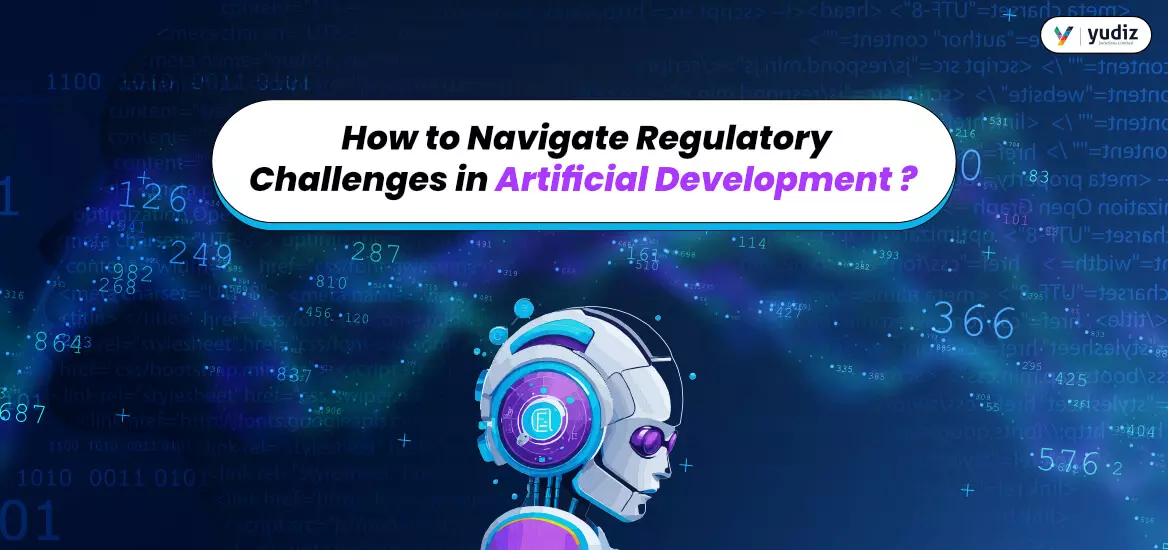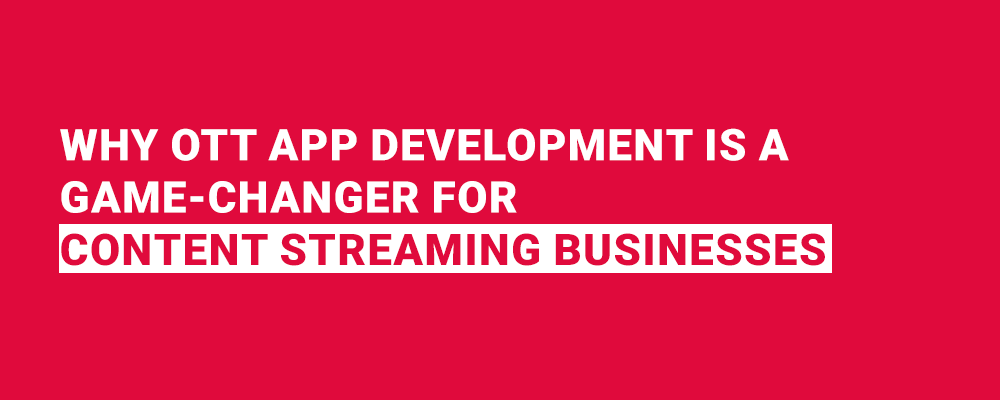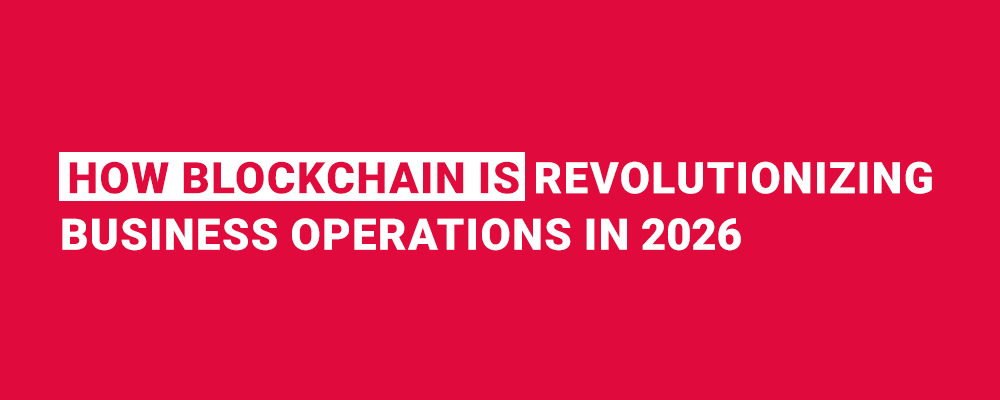How to Navigate Regulatory Challenges in Artificial Development?

The ‘not-so-easy-way’ to balance innovation and regulatory compliance is apparently due to the sloppy lane of artificial development. AI hits no brakes, from high innovation spikes to revamping processes in a panoramic way across industries. From the uphill of efficiencies to the pitfalls of regulatory compliance it is a see-saw lane of leverages and challenges. More so, the lack of transparency is the main cause of challenges.
Businesses, start-ups to companies of all sizes are looking forward to navigating through the regulatory challenges that AI regulation poses considering its existing level. To be precise, a one-size-fits-all approach is being sought to strike a healthy balance between innovation and compliance. But, is that even possible, or marching through a safe lane and finding a way to navigate through the regulatory challenges? Let’s figure it out in this mini-article and see the serendipity trends in artificial intelligence regulation.
Overview of the Big Picture of AI Regulation & Framework
Saying that AI has been up, soaring, and buzzing is no longer a thing because it certainly is there out and loud. However, now the focus is shifting towards its regulatory compliance and the entire framework of AI and artificial development. Because while it is a fact that AI is at the center stage for each industry, from businesses, and startups to down to individuals. This pulls a call for some regulatory compliance which is again quite a quirky lane to embark on. Nonetheless, the importance doesn’t get washed away.
Also, this is because it is increasingly becoming an integral part of working bodies and individuals across the globe. Which on the other hand amplifies the need to bring some order and regulation in place and practice. However, when it comes to AI regulatory framework, artificial development, or compliance the picture isn’t painted well. Or even saying that it isn’t even painted to start with will not be an overstatement or understatement but a fact.
To be precise there is an outpacing and massive imbalance between unparalleled application, integration, and acceptance of AI in all spheres. Be it generative AI tools or anything on that front. Against the regulation, statutes, compliance, and at the core practice of regulations or a proper set of rules. Mainly so, it is missing in its absolute application.
On Another Note: An AI Regulation Framework at the core works on, addresses, and puts a semblance on some ultra-significant matters. Like protection of personal data, and a bar on user attributes, fair and unbiased use of generative Artificial intelligence. With that, an entire composite pool of rules and regulations is in line with the country’s laws for artificial development and AI. On top of that providing accurate standards and framework as to how AI works.
Plus, if we consider the Indian scenario, there has been a march towards regulating AI and its use in 2024. Well, it is needless to say the drive to inculcate some regulation on AI has been influenced by the European Union’s AI Act. Although, while the regulatory framework for AI is still being worked upon there are certain particulars set forth to be clear. One of them is that untested and unapproved AI models, Large language models, algorithms, and even software fall under the realm of AI models. With that, there were certain other aspects like the above-mentioned software should not facilitate unlawful content mentioned under Rule 3 (1) b of India’s IT Rules.
This is to again re-loop you on the existing level of the scenario of Artificial development that this is an overview of the big picture of AI regulation. This is no final analysis or direction to the path of AI regulation considering it is still under work. Whereas, the pool of challenges amidst the sloppy path of navigation when it comes to AI regulations.
The Challenges of AI Adoption
It is a fact that even the brightest stars cast shadows and AI here is no exception since the evolution of AI. Yes, it is a fact that it is a star of its discipline, and more so almost all disciplines. But, the fact that it also comes with its side of downhill cannot be slid out. Plus, when it comes to AI the application, pool of perks, and integration in short the velocity keeps varying.
So, for example, an IT company may have a different set of AI leverages than a Healthcare company and vice versa. No two genres, fronts, or industries will have the same level of usage, application, integration, and reliance on AI. So, having a one-for-all, uniform solution when it comes to AI regulatory challenges might not be the right fix. And, capping innovation with a one-size-fits-all approach to navigate smoothly through the lane of challenges will again not be a viable option anyway. But, that’s for a little later for us to get onto. Before that, what we need to do is get into the nitty gritty of challenges.
Just to be clear, we have bifurcated the challenges under 3 heads. Because listing it out as is will have you jumbled up. Because there ain’t just discrimination, unethical use to unregulated sharing of personal information, etc. The list would go on for a while, which makes segregating challenges under heads a fairly better idea yeah? So, here you go…
The Approach Challenge
AI or Artificial Development, as everyone would take it, has a freehand approach where each sector, industry, and company uses it to its capacity and best of its leverage. However, the velocity might vary with the approach so where a corporate entity will have a different approach to a retail enterprise. However, what’s constant is the ‘Approach’ and the challenge of navigating through the AI regulatory slopes. Now it could be any target-based approach, solution-based approach, automation-centric approach, efficiency-accelerating approach, or proactive approach. But, the bottom line is none of these could be an easy journey to embark on. Considering there is a staunch regulatory framework to put the chips on generative AI applications and otherwise.
What to Regulate?
Also, when the boundaries are pretty wavering figuring what front of AI use is to be regulated and what becomes a safe spot. Also, businesses of all sizes usually undergo this decision paralysis right? And, this is pretty much because of the lack of framework on AI and artificial development. Like what falls under the regulatory ambit and what doesn’t again is a paradox. However, this goes without saying that there are some ground rules here. Like avoiding discrimination, misuse, illegal use, and or anything that falls off the grid of probable guardrails.
A Gateway or Gatekeeping Scenario?
Innovation tops the charts for businesses across the globe given the serendipity of the digital age. Where it is the most instant step to innovate and scale up leveraging and integrating technologies comes naturally. But, with the dynamic innovation surge, there are also certain challenges that it is clouded with making it a dicey take. So, to take it as a gateway or gatekeep it while wanting to hop on the bandwagon of innovation, efficiency, automation, and acceleration.
Thus, these are some of the core challenges apart from other challenges that are evident while navigating through AI adaption and acceleration. So, if you’re wondering how to pave the way quickly run through the section below for more insights on how to pave the way and lead when it comes to AI and artificial development.
How to Pave the Way Through the AI Regulatory Challenges?
Take a mid-way where you balance out fair use while banking on the leverages of this amazing technology. Considering it is still in its infancy and there are no clear-cut regulatory frameworks rolled out. Taking an extreme right or left in this situation can leave you hanging with no accurate spot to bank on. With that, we do understand that the businesses are on the fence when it comes to striking a balance between the two. So, while the regulatory framework is still in the works let’s not cap innovation, automation, efficiency, and convenience. And, not even step over the regulations for generative applications or otherwise too.
Like this;
- Set and adopt a few standards and core principles to be followed when it comes to AI integration and leverage.
- Ensure transparency, authenticity, and accuracy are followed in terms of leveraging AI. The purpose of leverage should not overdrive the regulatory framework.
- Revoking the use of AI for discrimination, misinformation, mal-information, or any of the illegal uses on the realm of AI an artificial development.
- Ancillary to that, submitting to the laws and leveraging AI within the bandwidth and proximity of the laws applicable or in nexus with it.
- Get in touch with tech experts, legal scholars, and industry experts. This is to ensure that none of the AI usage on your front collectively isn’t stepping the lawful boundaries.
- None of the IT rules, and dynamics that are in nexus with the protocols of fair use and efficient leverages should be out-driven.
Not that, these are the sure-shot centrally standardized set of ways to navigate through the AI regulatory challenges and artificial development. Though, these are definitely some of the concrete hacks that will certainly help you strike a balance while the entire regulatory framework actually comes into place. More like generative AI companies too.
Read: Trends Exploring the Use of Blockchain Technology in Ludo Game Development
Revolutionize with AI Today!

To Wrap Up
AI is revolutionizing industries and businesses and there is a gold rush towards it. Though it is still in its nascent stages, there are certain challenges that it is clouded with. Also, while the pool of leverages is expanding on the front of AI the gap between regulatory compliance and adaption is growing too. Not to mention that it is anywhere getting close to toning down the significance, adaption, or rush. But, while that’s under work and the regulatory framework is coming soon. There is a way that we just put up to navigate through the regulatory challenges when it comes to AI or artificial development. Which you of course need the pros which means one of the top artificial intelligence development companies.

















